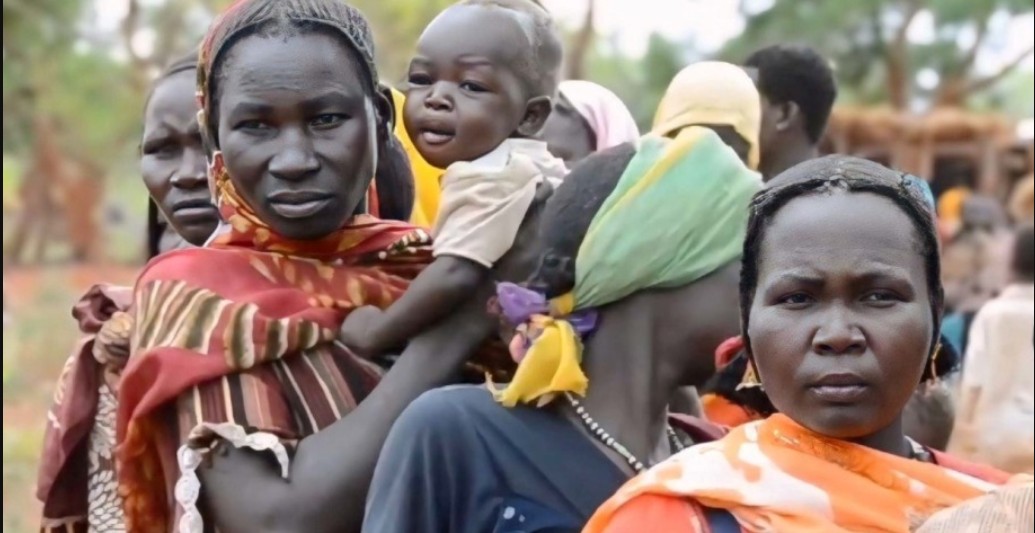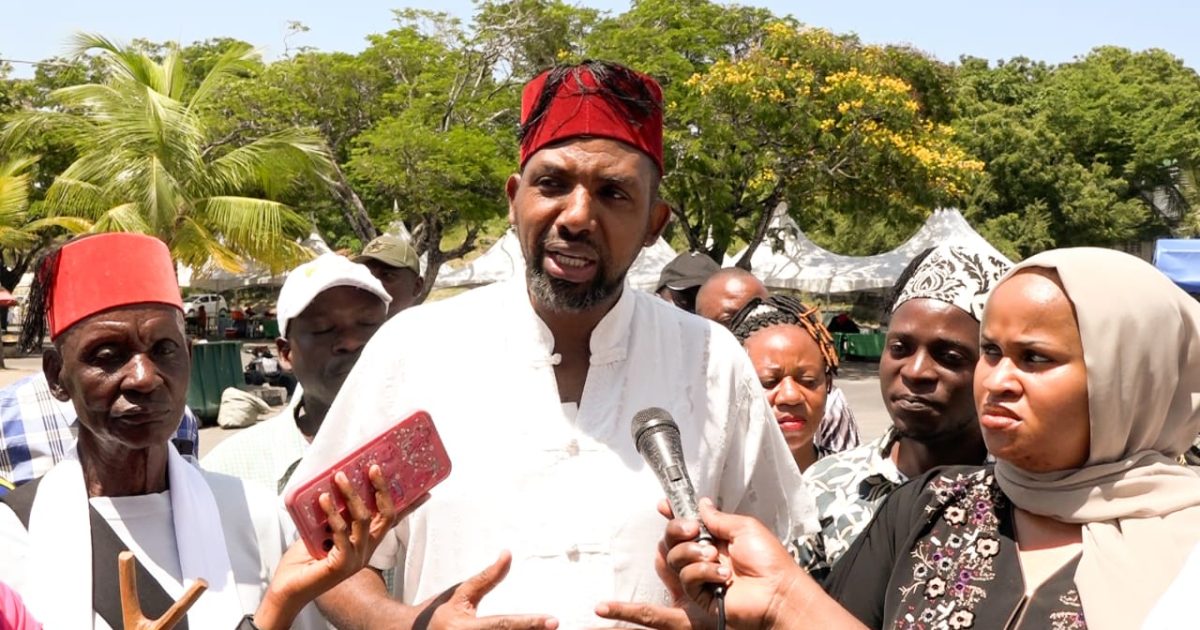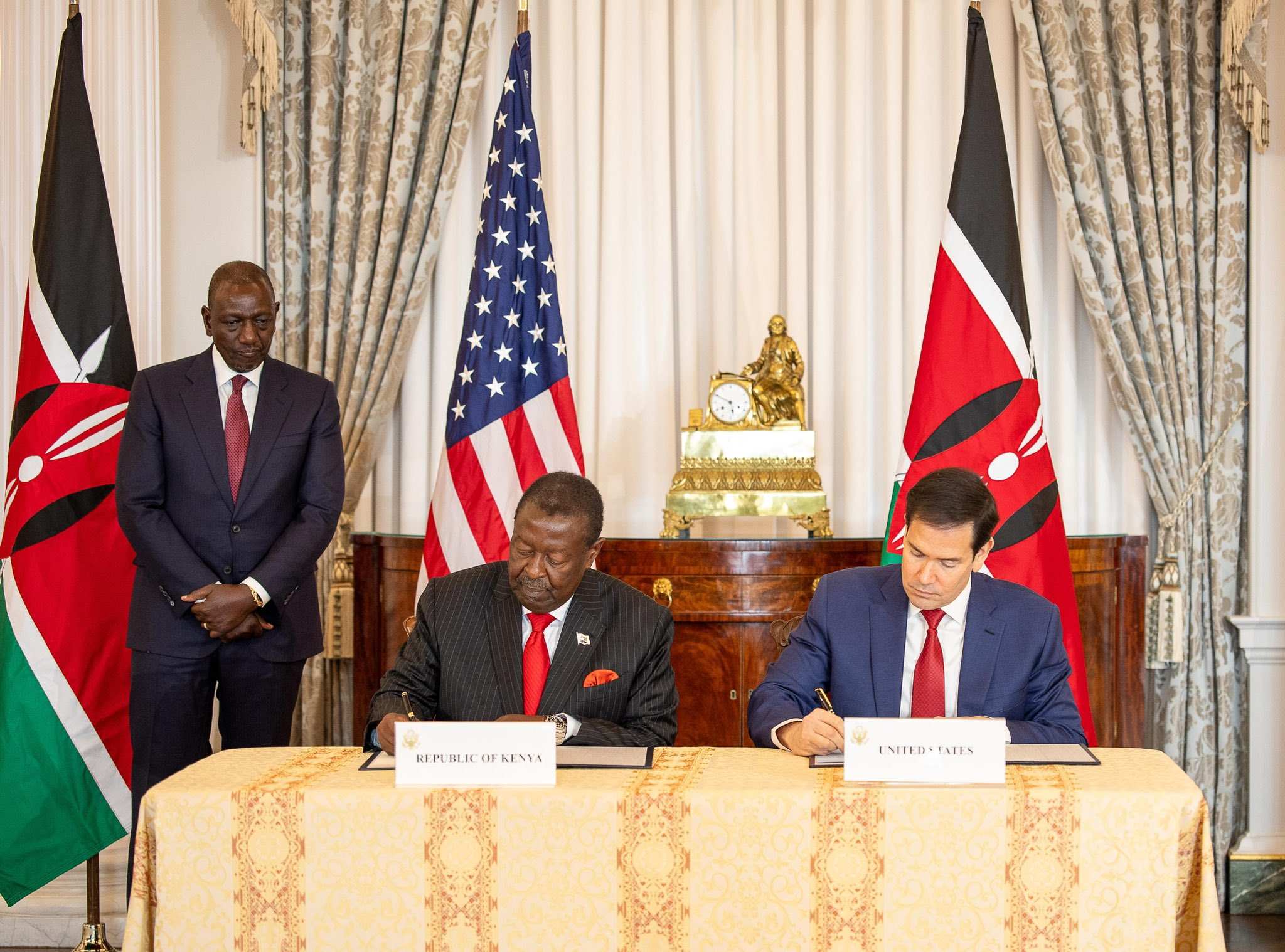Scarcity and strife: Inside the lives of Kenya's homeless men
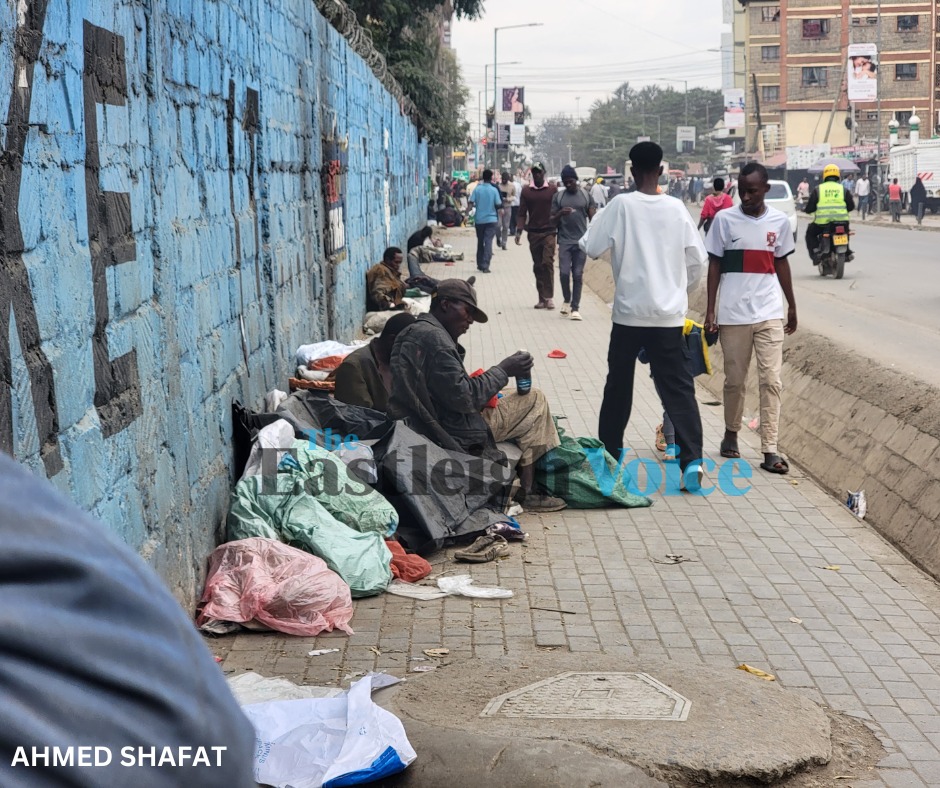
The report, highlighted in Sessional Paper No. 1 of 2023 on the Kenya National Population Policy for Sustainable Development, shows that eight out of ten homeless individuals are men.
In many major towns, you will find street families often clustered in areas where they seek temporary refuge. These families are frequently made up of boys and men, with some having lived on the streets from a very young age and others who have recently found themselves in this harsh reality due to economic pressures or personal crises.
The Kenya National Bureau of Statistics reports that there are currently around 25,000 homeless families in Kenya, and this figure is projected to swell to over 200,000 by 2024. The increase reflects the growing severity of homelessness in the country.
More To Read
- Government to reunite 44,000 children in private orphanages with their families by 2032
- Mwongela Kioko: A Nairobi street child’s audacity to beat the odds
- Equality Commission condemns Geoffrey Mosiria for 'exploiting vulnerable street child', calls for action
- Closure of children’s homes risks worsening child homelessness, Senators say
- CSs vetting: Lee Kinyanjui refutes claims of street children dumping in forest
- Mombasa County launches crackdown on street families amid crime surge
Moses Mbugua, 35, recounts how his life changed drastically after he left his home in Molo following the post-election violence and ongoing family conflicts, he found himself with nowhere to turn. Abandoned and alone, Moses ended up on the streets of Nairobi, a place he had never imagined he would call home.
“Many people think we’re on the streets because of drugs or other problems. It’s hard to get help because people often think we just need food. Even the manual jobs we used to do are no longer available, so we barely make enough to eat,” he said.
Dressed in tattered clothes and covered in dirt, Mbugua has General Waruingi Road his home. He survives by collecting plastics to earn a living since begging is not a viable option for him due to the lack of kindness from people toward men in his situation.
“Even collecting plastics is challenging. Many people are in this line of work, leaving us with only the scraps we find along the roads. This often leads to conflicts, as individuals fight over the limited plastic and other valuable items,” said Mbugua.
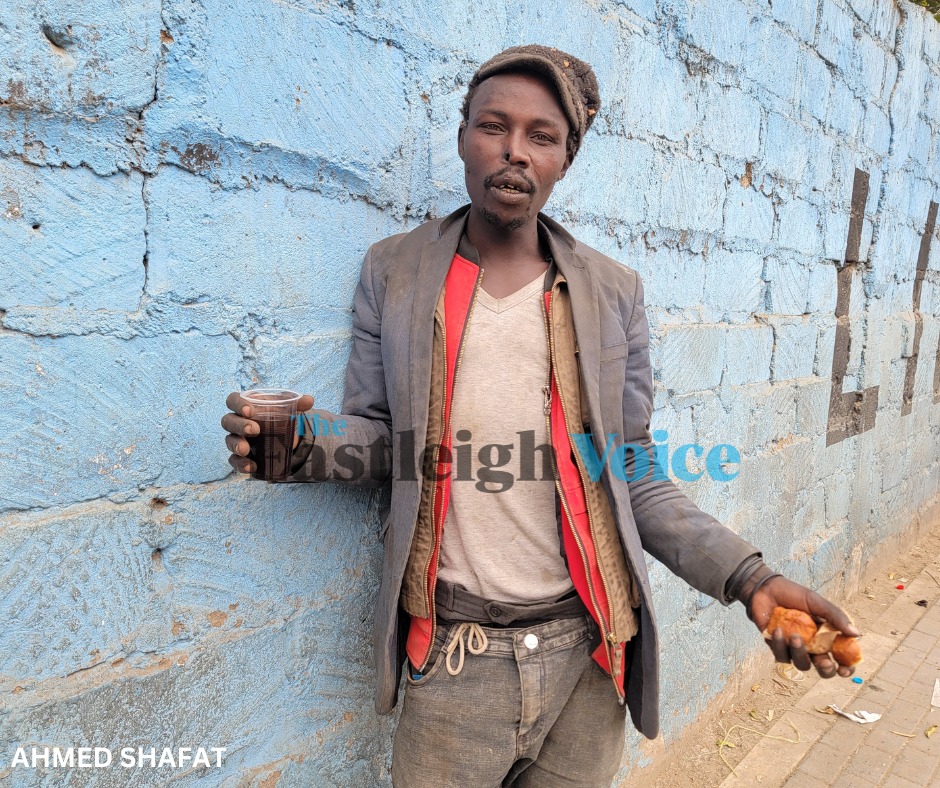 Moses Mbugua on General Waruinge narrates his tribulations on the streets. (Photo: Ahmed Shafat)
Moses Mbugua on General Waruinge narrates his tribulations on the streets. (Photo: Ahmed Shafat)
As our interview progresses, I can't help but notice the scar on Mbugua’s nose and the injuries on his head and hand.
“We frequently get into fights as we compete for the limited food, plastics, or metals available. I was injured during an attack by other street families who tried to take some metals I had collected. When I refused to give them up, one of them attacked me. I didn't seek medical treatment because most health facilities usually don't accept people from the streets.”
Mbugua has lost touch with his family members due to failed attempts at settling down. His efforts were thwarted by joblessness and his inability to provide for himself. As a result, he finds himself trapped in a constant cycle of trying to escape the streets, but with little success.
As we continue with our interview, Cosmos Hassan arrives carrying a huge sack full of plastics, which they refer to as "orodha". He has been on the streets since he was 17. He is 40 years.
The death of his mother and lack of support from his uncles pushed him onto the streets. He vividly remembers his home in Nakuru but has never returned there.
“I have no reason to return home since I began living on the streets in Molo. No one ever came looking for me or offered support. As a result, I tried various manual jobs here and there, but without financial resources, I eventually accepted life on the streets,” said Hassan.
His limited education, only up to Standard Six, has been a significant barrier, and the lack of proper identification has further deprived him of many opportunities. As a result, he is forced to take on whatever work is available, which mainly involves collecting scrap metals and plastics.
Simon Maina, on the other hand, found himself homeless at a very young age, burdened with the responsibility of making ends meet. Born in Dandora and faced with the unpredictability of life, he has struggled to survive.
"I collect scrap metals and other kinds of metal. I attended school only up to around Standard Five, but constant lack of food at home forced me to drop out and fend for myself."
Street families are often unfairly seen as criminals, which limits the help they receive, usually just food.
"We have to find ways to survive, so I spend my days searching for metals or nails, which I then sell them. Sometimes, I share what I earn with my mother, who is still in Dandora."
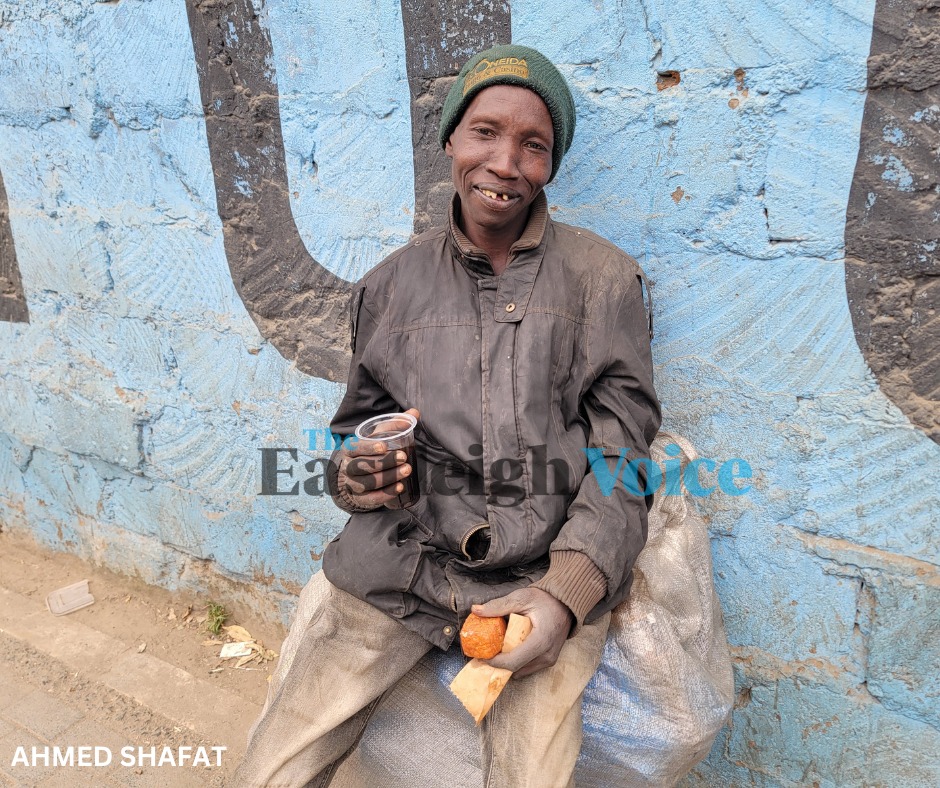 Cosmos Hassan who has never returned to his Nakuru home 23 years later. (Photo: Ahmed Shafat)
Cosmos Hassan who has never returned to his Nakuru home 23 years later. (Photo: Ahmed Shafat)
According to Daisy Khaindi, a counselling psychologist, men struggle more with coping due to societal stereotypes.
"Men find it challenging to seek help or even acknowledge that they might be experiencing mental health issues. Many men on the streets suffer from conditions such as psychosis but find it difficult to share their problems, often resorting to unhealthy coping mechanisms."
She also points out that some men develop addiction problems as a coping strategy, which can contribute to their homelessness.
"Due to financial stereotypes, many men are reluctant to discuss their issues and prefer living on the streets rather than exposing their vulnerabilities to others."
Khaindi notes that men rarely seek therapy—only about one in twenty do, which is a very low rate. Many avoid therapy and only seek help in crises.
She emphasises that men need better support systems to address and manage the issues they face.
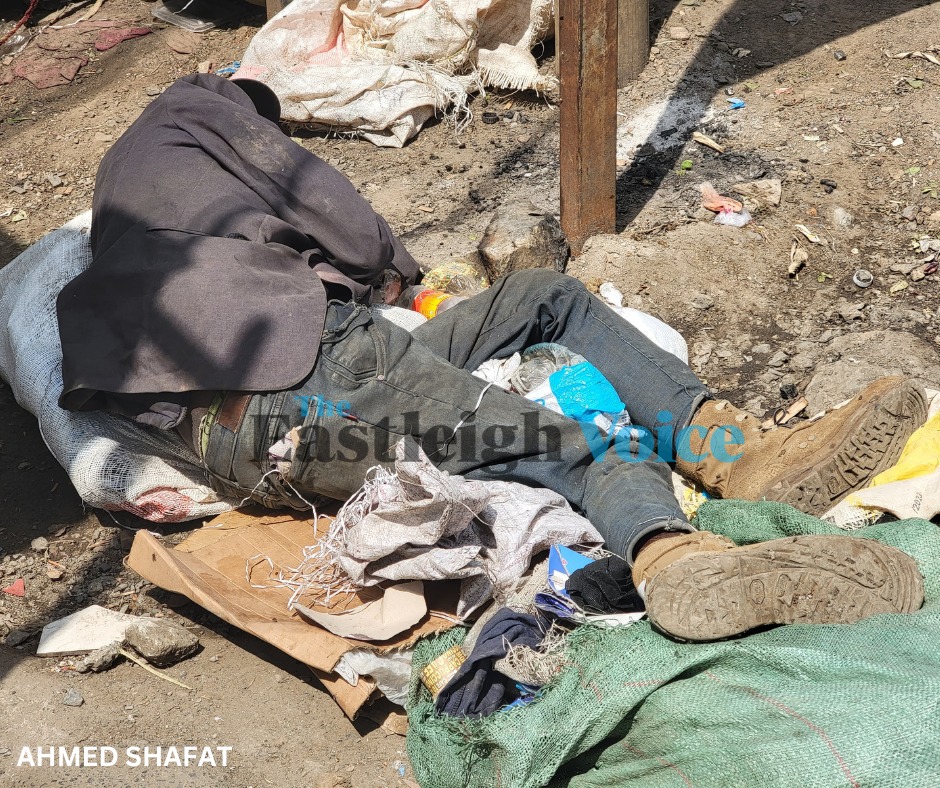 Man lies by the roadside in Eastleigh, Nairobi. (Photo: Ahmed Shafat)
Man lies by the roadside in Eastleigh, Nairobi. (Photo: Ahmed Shafat)
A recent report by the National Council for Population and Development (NCPD) reveals that men represent over half of the homeless population in Kenya.
The report, highlighted in Sessional Paper No. 1 of 2023 on the Kenya National Population Policy for Sustainable Development, shows that eight out of ten homeless individuals are men.
Additionally, the Fifth Sessional Paper indicates that men account for 80 per cent of the homeless population in the country, with 42 individuals out of every 100,000 being homeless.
Nairobi County currently has the highest number of homeless individuals, totalling 15,337. According to the latest figures, there are now 46,639 Kenyans living on the streets.
Following Nairobi, other counties with significant homeless populations include Mombasa with 7,529, Kisumu with 2,746, Uasin Gishu with 2,147, and Nakuru with 2,005.
The Kenya Population and Housing Census 2019 recorded 20,101 homeless people
Top Stories Today






